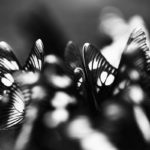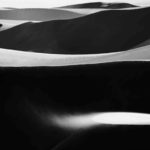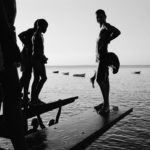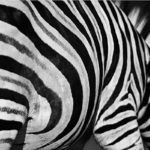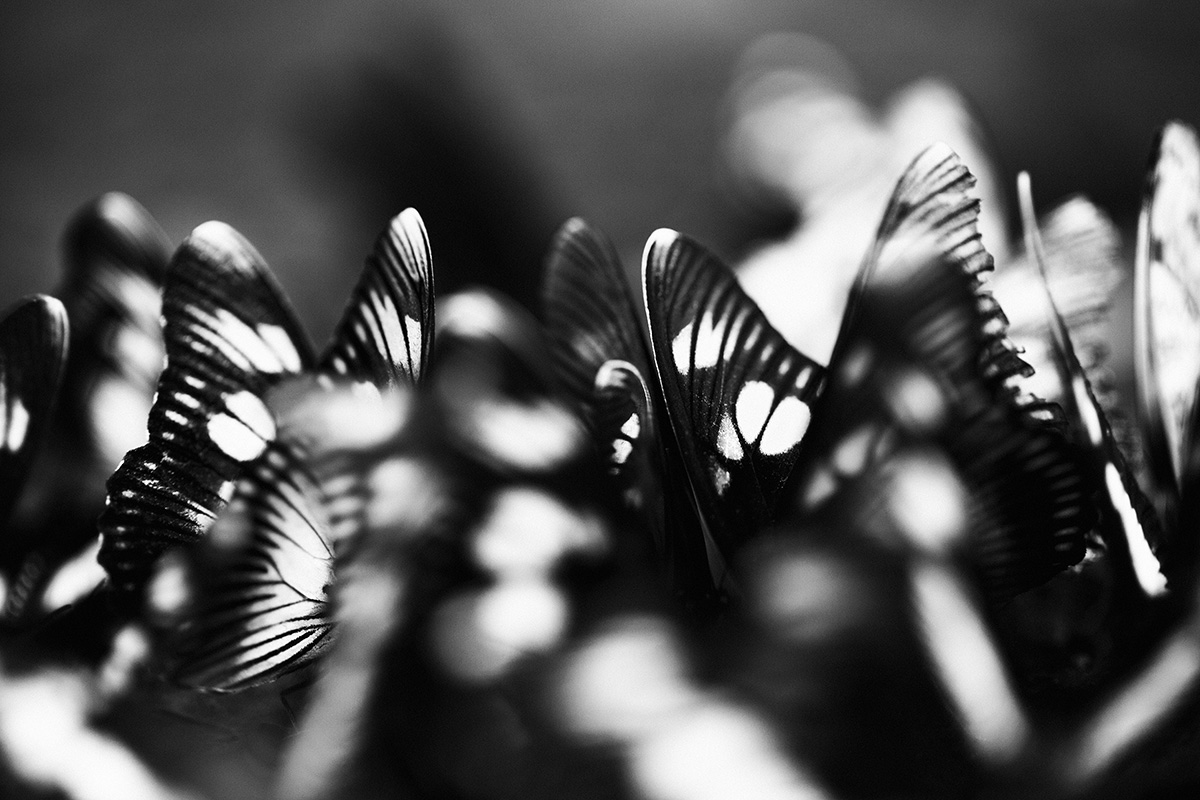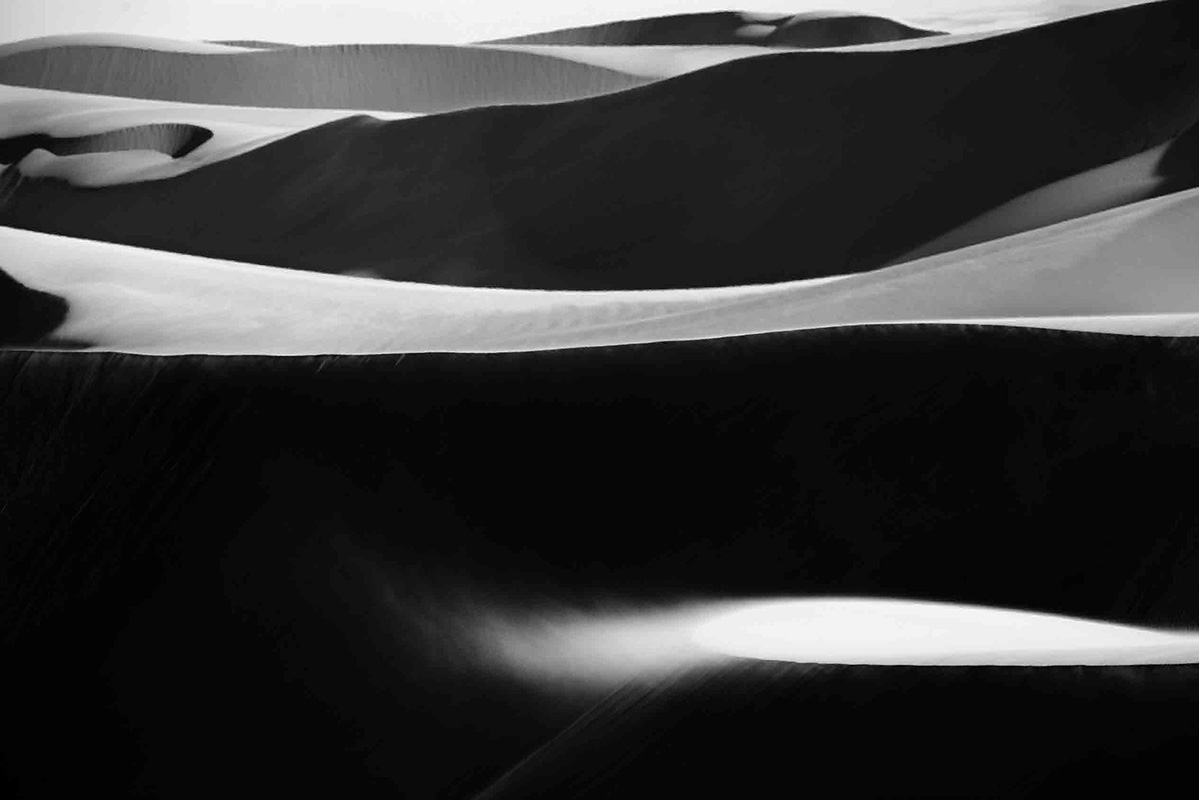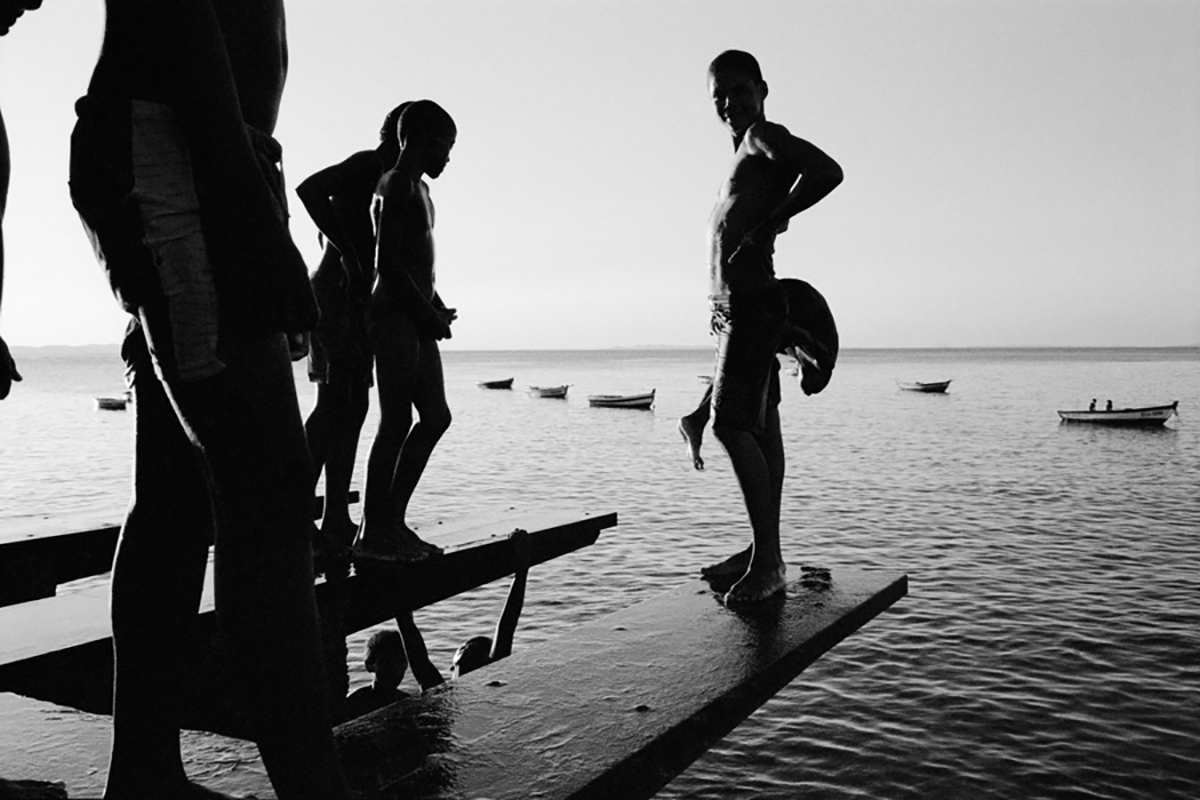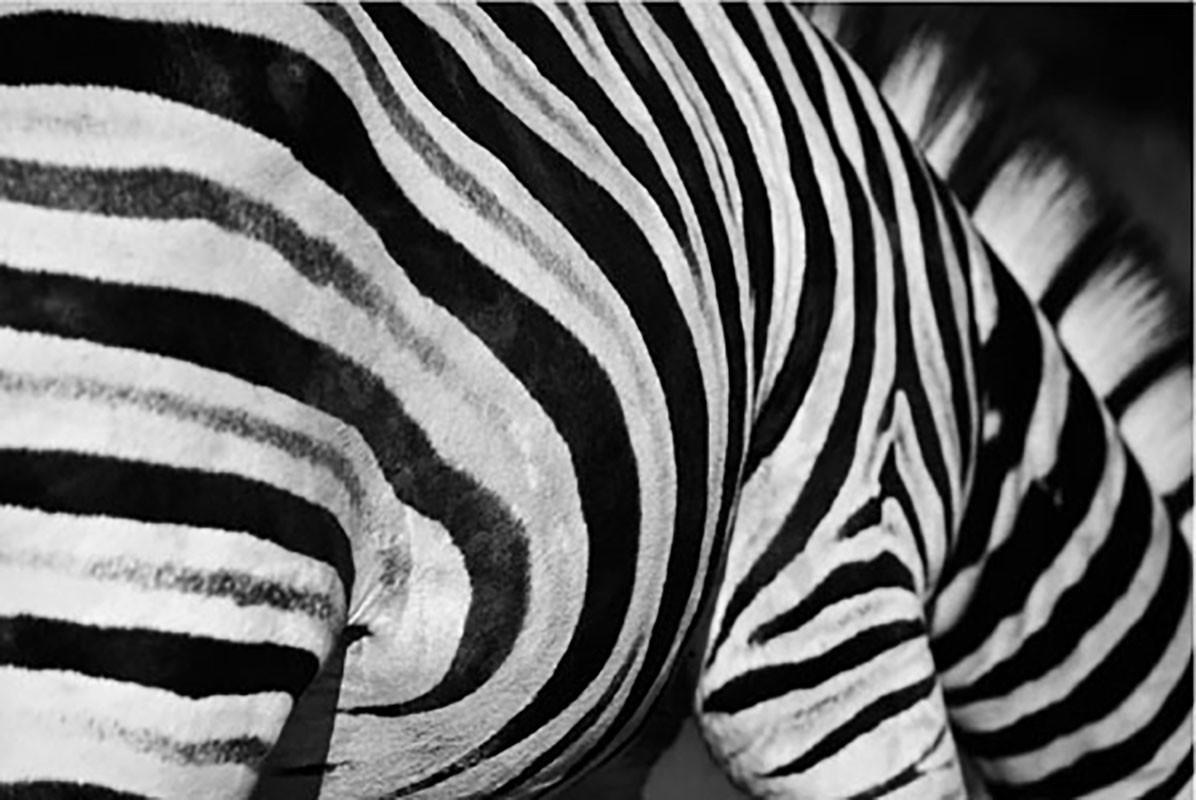Opinion, ideology, technical mastery, creative look. As his studio, the street. Whether it is Bahia, Mariana, Taiti, Índia, several countries in the African continent — Benin, Togo, Gana, Tanzânia, Congo, Uganda, Namíbia and Zaire. Theme: The man and his daily life. They are photos of people. Photos with the intention to offer images, that by their angle and point of view, framing and expressiveness, captures the essential in their details to reveal the drama in relationships and the mistery in human beings, transfiguring reality through a poetry that modifies, in the face of the visible world, a photography named documental, in the search of a unique moment – this moment which attracts and is revealed to us in his photographs, the decisive moment (a minute later, it already is something else), because it is in that moment the thing that attracts and is revealed to us, the decisive moment of capturing the image, the image in the scene, moment of the man before life, and death. When letting himself revolve by the theme, he lets us see the hand of the man all the time – on the street, his landscape is human, the theme is the human being, and from this the fundamental word arises: people. They are photos to see people, to like seeing people, a photography where human being is the main focus, even when we don’t see it. The street brings us the perception and sensitivity of who walks, talks, the sensitivity of who doesn’t take the photo, but is made by it – unique moment by its light, its scene, by the moment, the scenario, the people. Maybe one can say that this is a photography that lets be seen like a self-portrait of its being in the world, and, as distinct it may seem to be, this search is not simply for religiosity, faith, human expression, daily life, tension of man, or inhabited by mysticism – nothing better than religious manifestations to translate it in a clearer manner, places where death is glorified, so we can praise life. And with this art as a conduit of many ways, this photography takes one to a dream, without middle ground, when restating in each one of them that each one of us makes their own choices and that there is no, nor there can be, neutrality in anything in life.
Christian Cravo was born in Salvador, in 1974, starting to photograph at 13 years old, in Denmark, his mother’s homeland, where he lived from 10 to 17 years old. Back to Brazil, he initiated a work already as a professional photographer, performing a research in Bahia and Brazil’s sertão, only interrupted in 1993, to serve the military service in Denmark. His photos have a national and international appreciation, having already received awards from Mother Jones Photo Fund for Documentary Photography, in the United States, the Museu de Arte Moderna da Bahia, and scholarship from Fundação Vitae de São Paulo, and holding exhibitions, among others, in Throckmorton Fine Arts, in New York, in Billedhusets Galeri, in Copenhagen, MAM/Bahia, Instituto Tomie Ohtake and Museu Afro Brasil, both in São Paulo. He published several books – Irredentos; Salvador de Bahia, Rome noire, ville métisse; Espiritoculto; Nos Jardins do Éden; Exu Iluminado; Christian Cravo, Mariana; Luz e Sombra. He has already been indicated for international awards, such as Paul Huff (Netherlands, 2007) and the Prix Pictet (Swiss/United Kingdom, 2008 and 2015). In 2016, year when he completed 25 years of career, APCA (Associação Paulista de Críticos de Arte) awarded Luz e Sombra as the best photographic exhibition in 2015. The exhibition was held in Museu Afro Brasil, in São Paulo.
In your photographs, some recurrent themes, such as water, religion, people in several countries – Haiti, India, the African continent and, of course, Bahia. What led you to this theme choice? What has guided you to it?
I am curious, above all, an observer, and I’m interested in themes that decipher the human being. In my case, I need to work on an inconographic representation. Religion and faith, as well as water, represent a man in an embryonic manner. I don’t photograph faith nor water, but the man.
In your photographs, there is a disclosure of the “hidden face” through mysticism, the life-death duality, the man before the world. Is this revelation a conscious, sought, visceral data for your art?
As a photographer, I seek to understand the man through images that reveal themselves in the course of my path. I use my vision as an instrument to tell a story that is, above all, “human”. From established themes, I seek to represent the man in an iconographic framework.
Photography has a visual power, a graphic beauty and a theme that, let’s say, seeks to create or reproduce life. Do you look at these three issues as conflicts to be solved, or do thye exist concurrently in order to fully exercise your art?
There is no conflict at all. I try to align esthetics, which is the iconographic representation, with life, which is my curiosity.
Is your photography documental?
Yes. Mine and every other ones. Photography is, above all, a record and, in its turn, also a document. In the half of the 20th century, when photography was still being established as a concept and expression, we could categorize its place.
As documental, do you also see in it a freedom of creation?
Is freedom of creation necessarily something non-figurative, something abstract or something that exists only in the imagination of the artist? The world I photograph is real, it exists, but it is also a result of an imagination that only exists in my mind. I go out to look for visual scenes that correspond to my philosophical concept.
Is this photography you register an unbiased photography?
Some puritans try to be unbiased. But I don’t believe that is possible. I don’t “assemble” a photo. I try to use the elements that are thrown in fornt of me, but it is worth to remember that a person behind the camera and that the purity of the “real” fact is poisoned by our moral values and concepts.
Is there a project for your photos?
Yes, the one of being outside, inserted in an increasingly globalized, homogeneous and aseptic world. I seek a man that is umbilically connected to its nature, something that gets harder everyday. I’m currently photographing in Haiti. In this sense, I see Haiti as the maximum expression of the human essence. We’re talking about a society with very peculiar characteristics, intensely spiritualized, full of symbolism, where the lack of decency of the people presents itself through elements of great purity. And it is the purity in the man’s relations, in the manifestation of his belief that awakens my look. The philosophical amplitude we can outline from the human existence in Haiti is something disturbing and amazing.
Is photographing just a visual matter or is it also a matter of technique?
Technique is important. Personally, it irritates me seeing Verger’s disregard towards technique. The person who says it doesn’t affect the esthetics and impact deludes him/herself.
You consider these two stages essential in the creative process of your photos: image capturing and image reproduction. Could you explain how you work them?
The image is born at the moment of click. This is the matrix, but in the lab, the image to be presented is made. Technically, the negative has a latitude that allows you to make some areas lighter or darker, thus creating a “mood” to the photograph. It seems something simple, but it is amazing how this adjustment can affect the result.
What does the lab represents to a photographer like you?
For me, it is of vital importance, because it places me in a profound meeting with the image. At the moment of capturing the image, there is no time to reason the photograph. Sometimes, everything happens so quickly and ends up even before you are aware of it. The process of the lab has a huge psychological power, becaus it “collects” you to outside the world, where you are obliged to be spiritually connected to the photograph, looking at it truly reborning for you in the darkness of the dark camera. This is magic.
We are living the time of the digital photography. What is your relation to it?
I could answer in two parts. For the photography, as a surrealist representation of life, as a concept, or as an imaginary representation, there is no difference, because the camera is a mere instrument to capture the image. But in the sense of the technique, there is a huge advancement.
Does art redeem?
Art may redeem who creates it, but I believe more in the strength and impact of it on the people who see it. They are, in general, more opened.
(Interview/February 2009)


